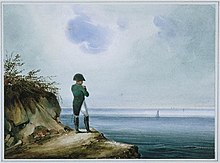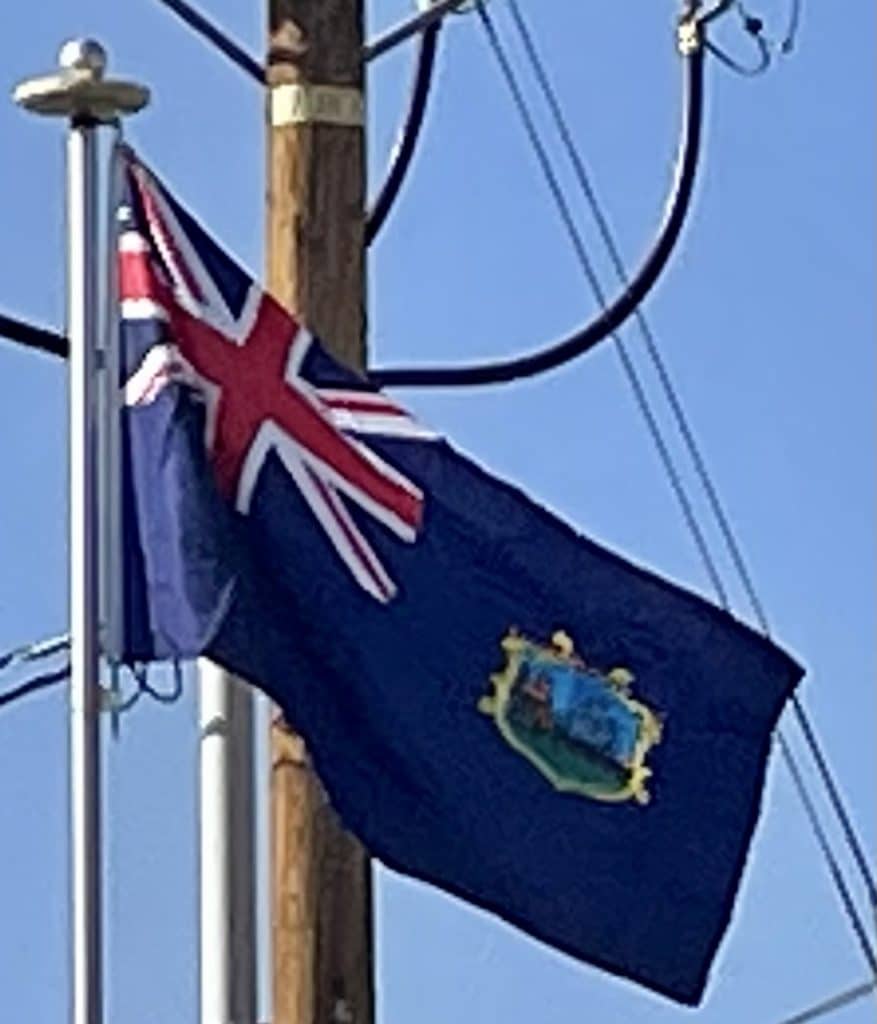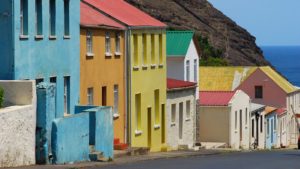

Saint Helena

British East India Company (1821–1834):
Following Napoleon’s death, the soldiers and other temporary residents linked to his presence on the island were withdrawn and the East India Company resumed full control of Saint Helena. Between 1815 and 1830, the EIC made the packet schooner St Helena available to the government of the island, which made multiple trips per year between the island and the Cape, carrying passengers both ways and supplies of wine and provisions back to the island. Napoleon praised Saint Helena’s coffee during his exile on the island, and the product enjoyed a brief popularity in Paris in the years after his death.
The importation of slaves to Saint Helena was banned in 1792. In 1818, the governor freed children born of slaves on the island. The phased emancipation of over 800 resident slaves took place in 1827, some six years before the British parliament passed legislation to abolish slavery in the colonies. After Britain abolished the slave trade, “the island became a temporary refuge for more than 26,000 Africans liberated by the Royal Navy from slave ships”.

Between 1791 and 1833, Saint Helena became the site of a series of experiments in conservation, reforestation, and attempts to boost rainfall artificially. This environmental intervention was closely linked to the conceptualization of the processes of environmental change and helped establish the roots of environmentalism.
Crown colony (1834–1981):
In 1840, a British naval station established to suppress the Atlantic slave trade was based on the island, and between 1840 and 1849 over 15,000 freed slaves, known as “Liberated Africans”, were landed there. Under the provisions of the 1833 India Act, control of Saint Helena passed from the East India Company to the British Crown, and it became a crown colony. Subsequent administrative cost-cutting triggered a long-term population decline: those who could afford to do so tended to leave the island for better opportunities elsewhere. The latter half of the 19th century saw the advent of steamships not reliant on trade winds, as well as the diversion of Far East trade away from the traditional South Atlantic shipping lanes to a route via the Red Sea (which, prior to the building of the Suez Canal, involved a short overland section).
In 1858, the French emperor Napoleon III purchased, in the name of the French government, Longwood House and the lands around it, the last residence of Napoleon I (who died there in 1821; his remains had been returned to France in 1840.) It is still French property, administered by a French representative and under the authority of the French Ministry of Foreign Affairs.
